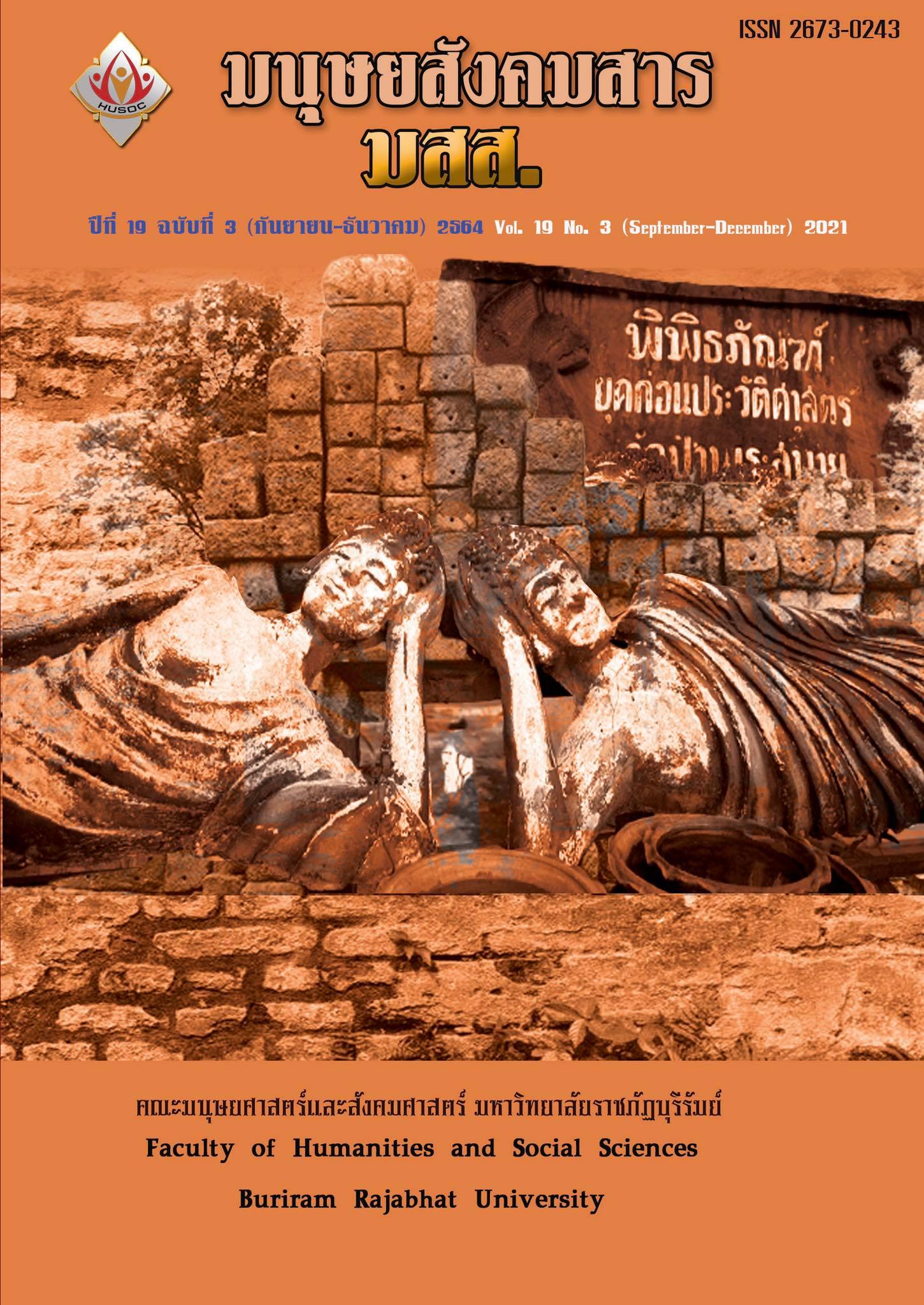Task-Based Language Teaching from the University Teachers' Perspectives: Myanmar Context
Main Article Content
Abstract
Task-based language teaching (TBLT) is an approach developed from Communicative Language Teaching. The main focus is on the learner, and it starts from what the teachers and a task need to ‘do’ to get learners motivated to do the task. It has become very popular worldwide and its increasing popularity has encouraged a shift in many educational contexts from the traditional teacher-centered to the learner centered classroom. This research investigates Myanmar EFL teachers’ understanding of Task-based language teaching (TBLT) at universities, their views on implementing TBLT in the classrooms and the reasons they choose or avoid implementing TBLT and the main reasons of applying or avoiding task-based language teaching in the language classroom. The questionnaire is prepared based on the theories of task and TBLT. A total of 73 English language teachers from different universities in upper Myanmar participated in this survey. According to the responses, most of the teachers understand the basic concept of task and principles of task-based instructions. Moreover, they have positive views on implementing TBLT in the classroom. Although they have positive views on TBLT, they also accept the difficulties and disadvantages of TBLT. “TBLT improves learners’ interaction skill.” is the major reason why the teachers use TBLT in their classroom. The reason “Large class size is an obstacle to use task-based methods.” is the major reason why the teachers avoid TBLT in the classroom.
Article Details

This work is licensed under a Creative Commons Attribution-NonCommercial 4.0 International License.
เนื้อหาและข้อมูลในบทความที่ลงตีพิมพ์ในวารสารทดสอบระบบ ThaiJo2 ถือเป็นข้อคิดเห็นและความรับผิดชอบของผู้เขียนบทความโดยตรงซึ่งกองบรรณาธิการวารสาร ไม่จำเป็นต้องเห็นด้วย หรือร่วมรับผิดชอบใดๆ
บทความ ข้อมูล เนื้อหา รูปภาพ ฯลฯ ที่ได้รับการตีพิมพ์ในวารสารทดสอบระบบ ThaiJo2 ถือเป็นลิขสิทธิ์ของวารสารทดสอบระบบ ThaiJo2 หากบุคคลหรือหน่วยงานใดต้องการนำทั้งหมดหรือส่วนหนึ่งส่วนใดไปเผยแพร่ต่อหรือเพื่อกระทำการใดๆ จะต้องได้รับอนุญาตเป็นลายลักอักษรจากวารสารทดสอบระบบ ThaiJo2 ก่อนเท่านั้น
References
Adams, R. & Newton, J. (2009) TBLT in Asia: Constraints and opportunities. Asian
J. Engl. Lang. Teach. 2009, 19, 1–17. Retrieved on 27 November 2021 from https://openaccess.wgtn.ac.nz/ aticles/ journal_contribution/ TBLT_in_Asia_Constraints_and_Opportunities/ 127208 48/1 (accessed on 29 September 2021)
Ellis, R. (2003) Task-based language learning and teaching. Oxford: Oxford University Press.
Ellis, R. (2003). Designing a task-based syllabus. RELC J., 34, 64–81.
Ellis, R. (2009). Task-based language teaching: Sorting out the misunderstandings. Int. J. Appl. Linguist. 2009, 19, 221–246. [CrossRef]
Jeon, I. & Hahn, J. (2006). Exploring EFL teachers’ perceptions of task-based language teaching: A case study of Korean secondary school classroom practice. Asian EFL J. Q, 8, 123–143. Retrieved on 25 November 2021 from https://www.asian-efl-journal.com/main-editions-new/ exploring-efl-teachers-perceptions-of-task-based-language-teaching-a-case-study-of-korean-secondary-school-classroompratice/
Long, M. H. (2016). In defense of tasks and TBLT: Nonissues and real issues. Annu. Rev. Appl. Linguist, 36, 5–33.
Nunan, D. (2004) Task-based language teaching. Cambridge: Cambridge University Press, UK.
Nunan, D.(2006) Task-based language teaching in the Asia context: Defining ‘task’. Asian EFL J, 8, 12–18. Retrieved on 15 November 2021 https://www.asian-efl-journal.com/main-editions-new/task-based-language-teaching-in-the-asia-context-defining-task/ (accessed on 19 September 2021)
Richards, J. C. & Rodgers, T.S. (2001) Approaches and methods in language teaching. Cambridge: Cambridge University Press, UK.
Rodgers, T.S. (2001) Language teaching methodology. Eric Issue Paper. Retrieved on 15 November 2021 from https://files.eric.ed.gov/fulltext/ED459 628.pdf
Willis, J. (1996). Framework for task-based learning; Longman: Essex, UK.


